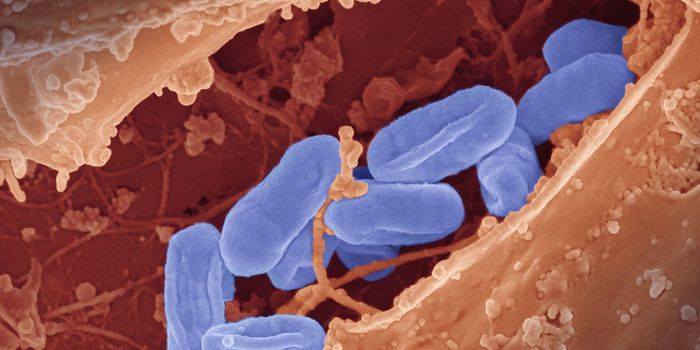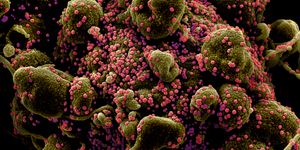Capturing Images of Firing Neurons
Our bodies run on electricity. Neurons send rapid electrical signals through the brain and limbs constantly, enabling us to think, move, and live. Now scientists have created a camera that is fast enough to capture images of these electrical signals; the camera can snap up to 3,000 images of a mouse brain every second, and for the first time, has recorded electrical impulses as they pass through neurons. The findings have been reported in Nature Methods, and a neuron can be seen firing in the following video.
"This is really exciting because we are now able to do something that people really weren't able to do before," said lead researcher Na Ji, a University of California, Berkeley associate professor of physics and of molecular and cell biology.
The imaging technique has brought laser-scanning together with two-photon fluorescence microscopy to capture the cells of a two-dimensional slice of mouse neocortex in action. Scientists can now study normal electrical signals as they move through the brain, and gain insight into what goes wrong with these impulses in disease. Researchers will be able to track signals that a brain cell receives from another brain cell, whether they trigger the receiving neuron to fire or not; so-called sub-threshold inputs can excite or inhibit a neuron, and taken together, may or may not stimulate a neuron to fire to another neuron.
With current tools, scientists have to attach electrodes to tissue and record electrical signals as they move through neurons. This technique can find the exact neuron that is firing and follow its signal.
"In diseases, many things are happening, even before you can see neurons firing, like all the subthreshold events," said Ji, a member of UC Berkeley's Helen Wills Neuroscience Institute. "We've never looked at how a disease will change with subthreshold input. Now, we have a handle to address that."
Ji and colleagues also reported a new method for imaging calcium signaling in nearly an entire hemisphere of a mouse brain.
"This is the first time anyone has shown in three dimensions the neural activity of such a large volume of the brain at once, which is far beyond what electrodes can do," Ji said. "Furthermore, our imaging approach gives us the ability to resolve the synapses of each neuron."
Ji wants to learn more about how neurons are interacting. Nerve cells meet and communicate with one another at synapses, and studying those spots is important if we are to understand brain diseases.
"In brain disorders, including neurodegenerative disease, it's not just a single neuron or a few neurons that get sick," Ji said. "So, if you really want to understand these illnesses, you want to be able to look at as many neurons as possible over different brain regions. With this method, we can get a much more global picture of what is happening in the brain."
"As a way to understand the brain, my dream is to combine these microscopy techniques to get submicron spatial resolution so we can see the synapses, millisecond time resolution for the voltage imaging, and see all of this deep in the brain," she added. "What is complicated and challenging about the brain is that, if you only do one single optical section, in a way you don't get a complete picture, because a neural network is very much three-dimensional."
Sources: AAAS/Eurekalert! via University of California Berkeley, Nature Methods








